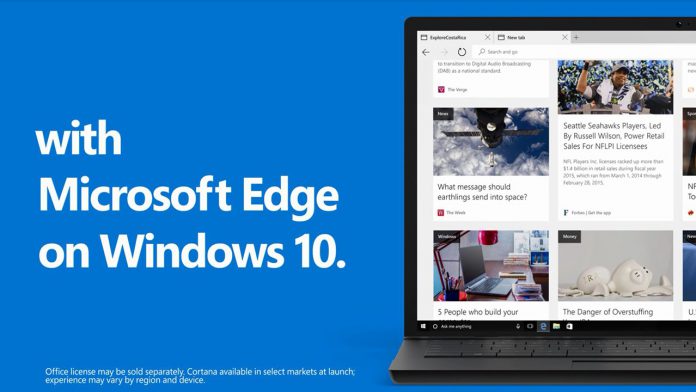However, it’s worth noting that WebP is only available in Insider builds. Specifically, Windows 10 build 17692. On top of this, users need to download an extension from the Microsoft Store, making it far from a full implementation. Still, it’s likely we’ll see this as a full feature after the next Windows 10 update. Google’s compression is clearly superior to many forms out there, making it a great choice for web pages. It’s less clear if this will remain a Windows-exclusive feature. Microsoft also has an Edge app on Android and iOS and Chrome is the only mobile app to support WebP. It would be nice to see the functionality across the board, but that may depend on Apple and Google.
WebP Criticism
Despite Google’s marketing, WebP isn’t a perfect format. Mozilla researches Josh Aas studied the format in 2013 and found it didn’t outperform JPEG by a significant margin. In fact, HEVEC-MSP came out on top in terms of quality. Mozilla is also pushing its mozjpeg 2.0 encoding, which improves compression but maintains compatibility. Despite its questionable results in comparison to JPEG, it does seem Google’s image format outperforms PNG. Often, web developers opt must opt for PNG for logos because JPEG fails to support transparency. WebP, on the other hand, supports transparency with a smaller footprint. Undoubtedly, Google will continue to improve WebP and address many of these concerns. For now, you can try it in Edge via the Microsoft Store.




